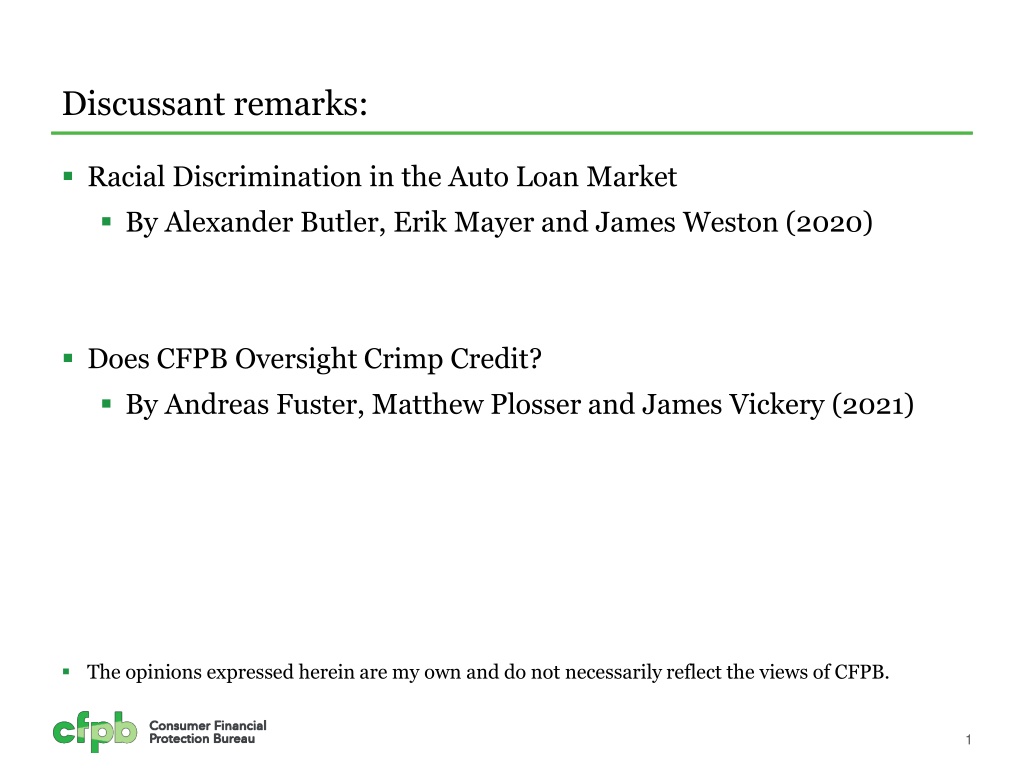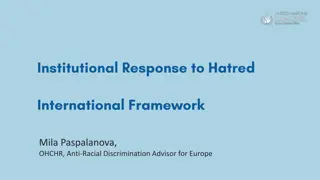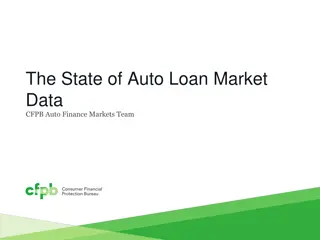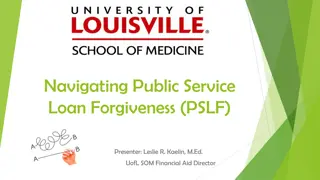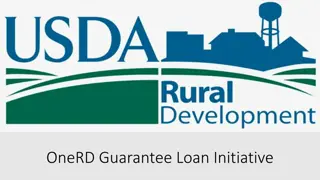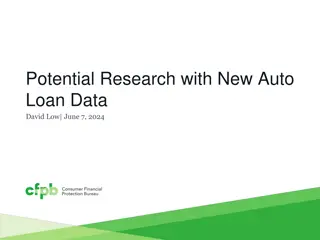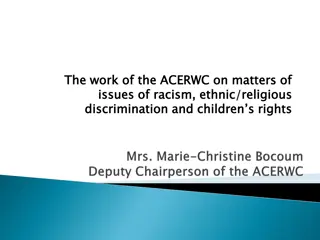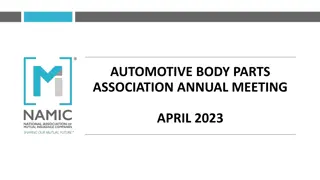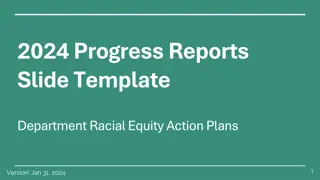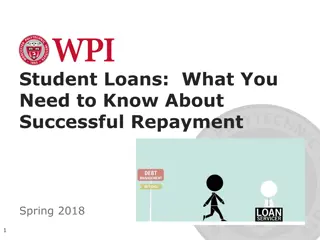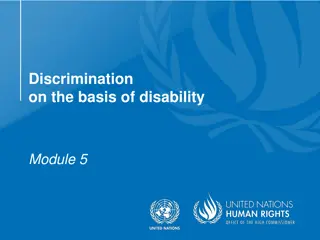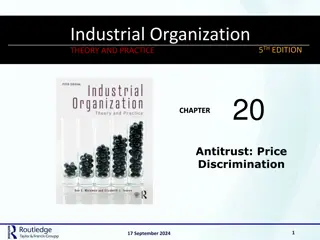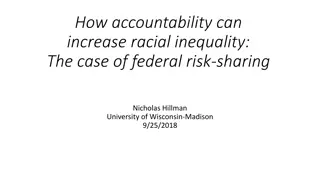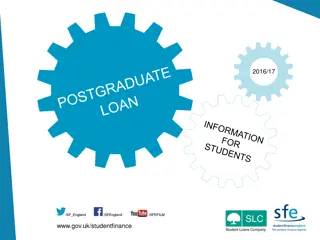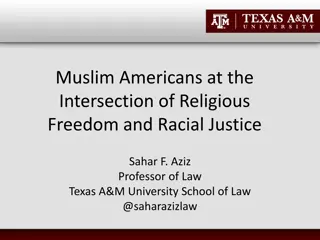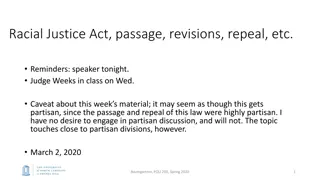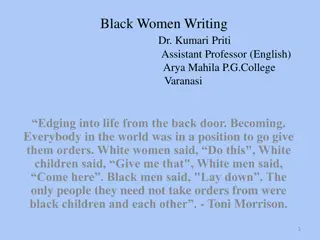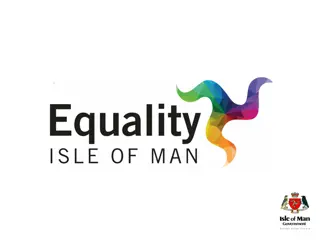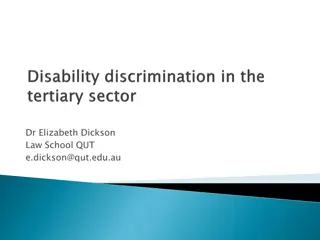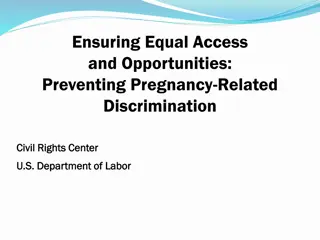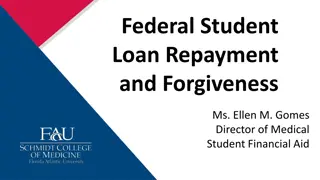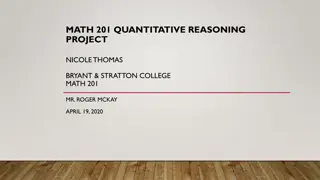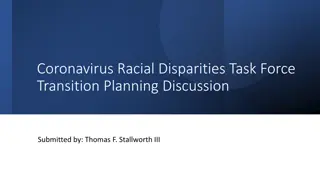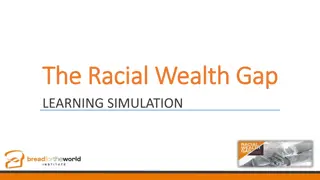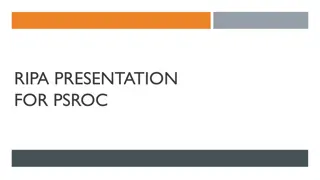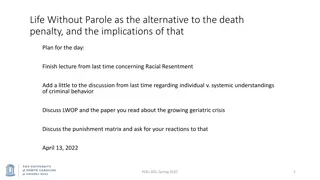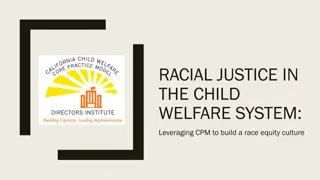Racial Discrimination in Auto Loan Market: Insights & Impacts
This study explores racial discrimination in the auto loan market, revealing evidence of bias in both loan approval and pricing. Findings suggest minorities experience challenges in obtaining credit and face higher loan pricing without justification. The analysis uncovers disparities in loan approval rates and interest rates, highlighting systemic biases in the lending process.
Download Presentation

Please find below an Image/Link to download the presentation.
The content on the website is provided AS IS for your information and personal use only. It may not be sold, licensed, or shared on other websites without obtaining consent from the author. Download presentation by click this link. If you encounter any issues during the download, it is possible that the publisher has removed the file from their server.
E N D
Presentation Transcript
Discussant remarks: Racial Discrimination in the Auto Loan Market By Alexander Butler, Erik Mayer and James Weston (2020) Does CFPB Oversight Crimp Credit? By Andreas Fuster, Matthew Plosser and James Vickery (2021) The opinions expressed herein are my own and do not necessarily reflect the views of CFPB. 1
Racial Discrimination in the Auto Loan Market Alexander Butler, Erik Mayer and James Weston (2020) 2
The Data: Authors create a Credit Bureau/HMDA linked dataset The HMDA data contains race and ethnicity information missing from the credit bureau data. The match is between originated mortgage files in the HMDA data and credit bureau data. This yields a panel dataset for 2005-2016 of auto loans for homeowners. The matched dataset, as a result, has people who have higher credit scores, are younger and are more likely to have a mortgage than the average US resident. 3
Auto Lending: Three types of lenders: Banks Indirect auto lenders: Ford Motor Credit, Ally Financial, independent finance companies Buy Here Pay Here 4
Auto Lending: Three types of lenders: Banks Indirect auto lenders: Ford Motor Credit, Ally Financial, independent finance companies Buy Here Pay Here Bias can occur in either type of lending: Banks due to biases in loan officers' preferences or beliefs about creditworthiness Indirect lenders at the point of dealer markup CFPB has conducted enforcement actions challenging discriminatory interest rates 5
Results: Loan Approval Shows evidence of market discrimination: Authors use hard credit inquiries to determine whether minorities search more or less for auto loans Find that minorities shop slightly harder but are less likely to obtain credit Loan pricing Shows evidence of racial bias not statistical discrimination Higher loan pricing not justified by ex post default rates Default tests show that subprime minority borrowers have a lower P(default) Bias is both in the extensive margin (approval) and the intensive margin (pricing) 6
Comments: minorities pay interest rates 70 basis pts higher [equivalent] to a 37 pt decrease in credit score. Source: Romeo and Sandler (2021) 7
Comments: Credit card falsification test: For autos you study approval rates For credit cards you study credit limits, not approval rates Geographic distribution of auto loan reporting to CRAs E.g., reporting to Experian is greatest on the west coast. Omitted variables: The authors don t observe down payment. If down payment is correlated with race this could bias treatment effect. Need a proxy for down payment that varies over time and states and is race specific. Method of Freyaldenhoven, Hansen and Shapiro (2019) to produce consistent estimates. 8
Does CFPB Oversight Crimp Credit? Andreas Fuster, Matthew Plosser and James Vickery (2021) 9
The Data: HMDA data for 2 time periods 2010 2013 to capture the impact of CFPB oversight after operations launched in July 2011. 2015 2018 to capture the impact of a decrease in CFPB oversight after the 2016 election. The data includes whether the FHA was the mortgage lender. FHA borrowers have lower incomes, higher default risk and are often first-time buyers. 10
Mortgage Lending: With its founding, CFPB gained supervision and enforcement authority over banks with at least $10bn in assets Nonbanks are subject to CFPB supervision regardless of their size. 11
Period Results: Period 2010 2013: with the beginning of CFPB oversight FHA lending drops at CFPB supervised banks Total mortgage lending at these banks is unaffected Supervised banks shift into jumbo lending Away from high-credit risk borrowers Period 2015-2018: with the reduction in CFPB oversight FHA lending increases at CFPB supervised banks 12
Servicing Results and comment: Servicing 30-day delinquencies are unchanged post-CFPB oversight, but 60 and 90-day delinquencies decrease FHA loans from CFPB supervised lenders are not less risky ex-ante Seems in some conflict with the finding that banks have moved away from high-risk borrowers. The authors explain this as reduced risk on the extensive margin originating fewer FHA loans rather than on the intensive margin by adjusting the risk profile of FHA loans they originate. Why? 13
Timing comments: Dodd-Frank effective 7/21/2010; CFPB begins operations 7/21/2011 Probability mortgage was originated by a CFPB supervised bank Total mortgage originations 14
Technical comments: Section on regulatory arbitrage. Study movement of mortgage activity to non-CFPB supervised entities Table 5, column 4. You include Census tract x quarter FEs in the top and bottom panels. In the bottom (FHA) panel this reduces the effect by 18% and the dataset size by 35% Not sure these results should be included without more explanation Event study confidence bands. The object of interest is the path of the coefficients, not any one coefficient. Confidence bands should take this into account. Olea and Plagborg-Moller (2019) offer a method for adjusting the confidence bands. 15
